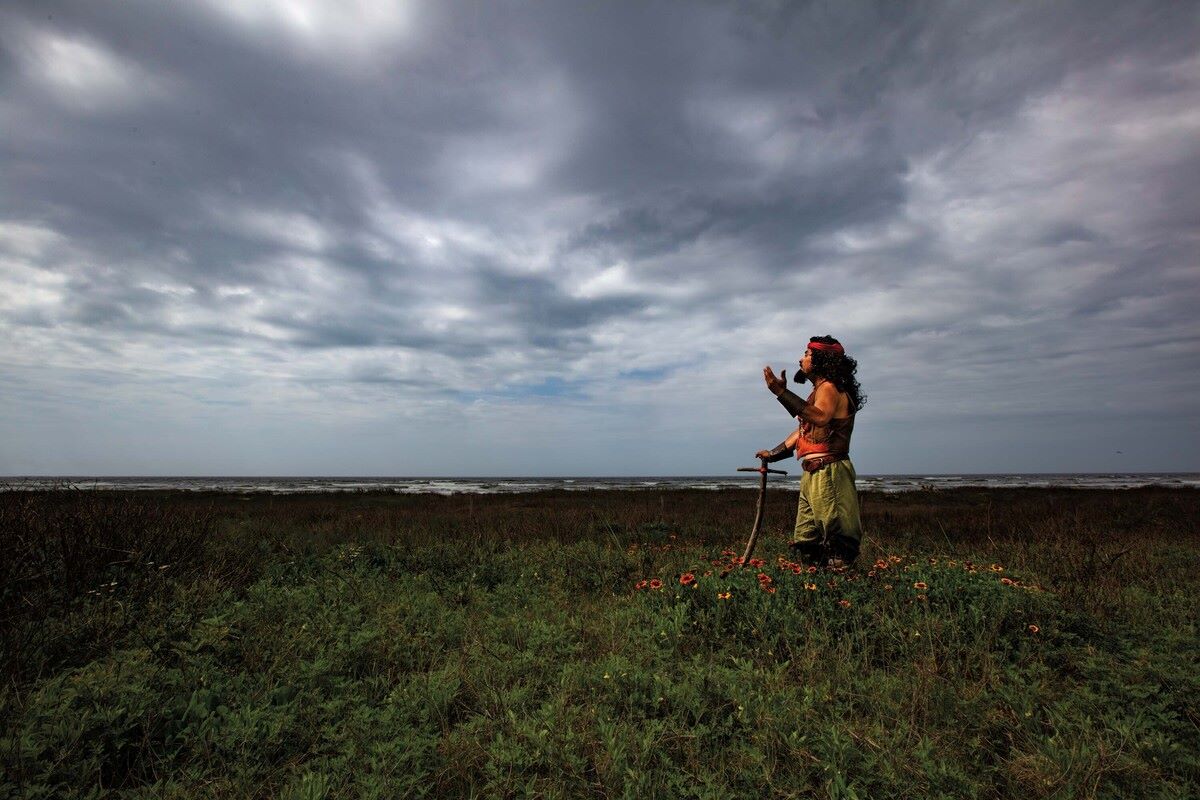
Embarking on a journey through history, we often stumble upon figures whose stories seem larger than life, and Cabeza de Vaca is one such character. His adventures, filled with unexpected twists and turns, offer a glimpse into the early exploration of the Americas. But who was this man, and why does his tale continue to fascinate historians and adventurers alike? Cabeza de Vaca was not just an explorer; he was a survivor, a trader, and a storyteller whose experiences provide invaluable insights into the indigenous cultures of the New World. From shipwreck on a desolate island to his extraordinary journey across the continent, his life was a testament to human resilience and adaptability. Let's delve into 18 remarkable facts about Cabeza de Vaca, shedding light on the man behind the myth and the legacy that still captivates us today.
Early Life and Background
Álvar Núñez Cabeza de Vaca was a Spanish explorer whose adventures are legendary. His life before exploration set the stage for his incredible journey.
- Born in 1490 in Jerez de la Frontera, Spain, Cabeza de Vaca came from a noble family.
- His unusual surname, which means "head of a cow," originated from a heroic ancestor who marked a secret mountain pass with a cow's skull.
The Narváez Expedition
Cabeza de Vaca's most famous journey began with the ill-fated Narváez expedition. This mission aimed to colonize Florida but faced numerous challenges.
- In 1527, he joined the Narváez expedition as the treasurer and second in command.
- The expedition faced hurricanes, hostile natives, and food shortages, leading to a disastrous outcome.
- Only four out of the 600 men who started the journey survived, including Cabeza de Vaca.
Survival and Exploration
Survival became the primary focus for Cabeza de Vaca and his companions. Their journey across the American Southwest is a tale of endurance and discovery.
- For eight years, Cabeza de Vaca wandered through what is now Texas, New Mexico, and Arizona.
- He lived among various Native American tribes, learning their languages and customs.
- Cabeza de Vaca became a healer, using his knowledge of medicine to gain the trust of the tribes.
Return to Spain and Later Life
After years of wandering, Cabeza de Vaca finally made his way back to Spanish territory. His return marked the beginning of a new chapter in his life.
- In 1536, he reached Mexico City, where he was welcomed as a hero.
- Cabeza de Vaca returned to Spain in 1537 and wrote a detailed account of his journey, "La Relación."
- His writings provided valuable insights into the cultures and geography of the American Southwest.
Governance and Controversy
Cabeza de Vaca's later years were marked by his role as a colonial governor and the controversies that followed.
- In 1540, he was appointed governor of the Río de la Plata region in South America.
- His policies aimed at protecting the indigenous people led to conflicts with Spanish settlers.
- Accused of mismanagement and corruption, Cabeza de Vaca was arrested and returned to Spain in chains.
Legacy and Impact
Cabeza de Vaca's legacy extends beyond his explorations. His experiences and writings influenced future explorers and historians.
- His book, "La Relación," is considered one of the earliest accounts of the American interior.
- Cabeza de Vaca's advocacy for indigenous rights was ahead of his time, highlighting the need for humane treatment.
- His journey inspired future explorers like Francisco Vázquez de Coronado and Hernando de Soto.
Final Years
The final years of Cabeza de Vaca's life were quieter but still significant. He continued to contribute to Spanish society.
- He spent his last years in relative obscurity, living in Seville, Spain, until his death in 1559.
A Final Glimpse at Cabeza De Vaca's Legacy
Cabeza de Vaca's journey reshaped our understanding of early American exploration and indigenous cultures. His accounts provide a unique perspective on the resilience, adaptability, and humanity required to survive in unknown territories. Through his eyes, we've traveled across continents, encountered diverse communities, and witnessed the complexities of early interactions between Europeans and Native Americans. His narrative goes beyond mere survival; it's a testament to the power of empathy, understanding, and the unyielding human spirit in the face of adversity. As we reflect on his adventures, let's remember the lessons they teach us about courage, cultural exchange, and the endless quest for knowledge. Cabeza de Vaca's story, rich with historical insights and human values, continues to inspire and educate, proving its timeless relevance in our quest to understand our past.
Was this page helpful?
Our commitment to delivering trustworthy and engaging content is at the heart of what we do. Each fact on our site is contributed by real users like you, bringing a wealth of diverse insights and information. To ensure the highest standards of accuracy and reliability, our dedicated editors meticulously review each submission. This process guarantees that the facts we share are not only fascinating but also credible. Trust in our commitment to quality and authenticity as you explore and learn with us.


